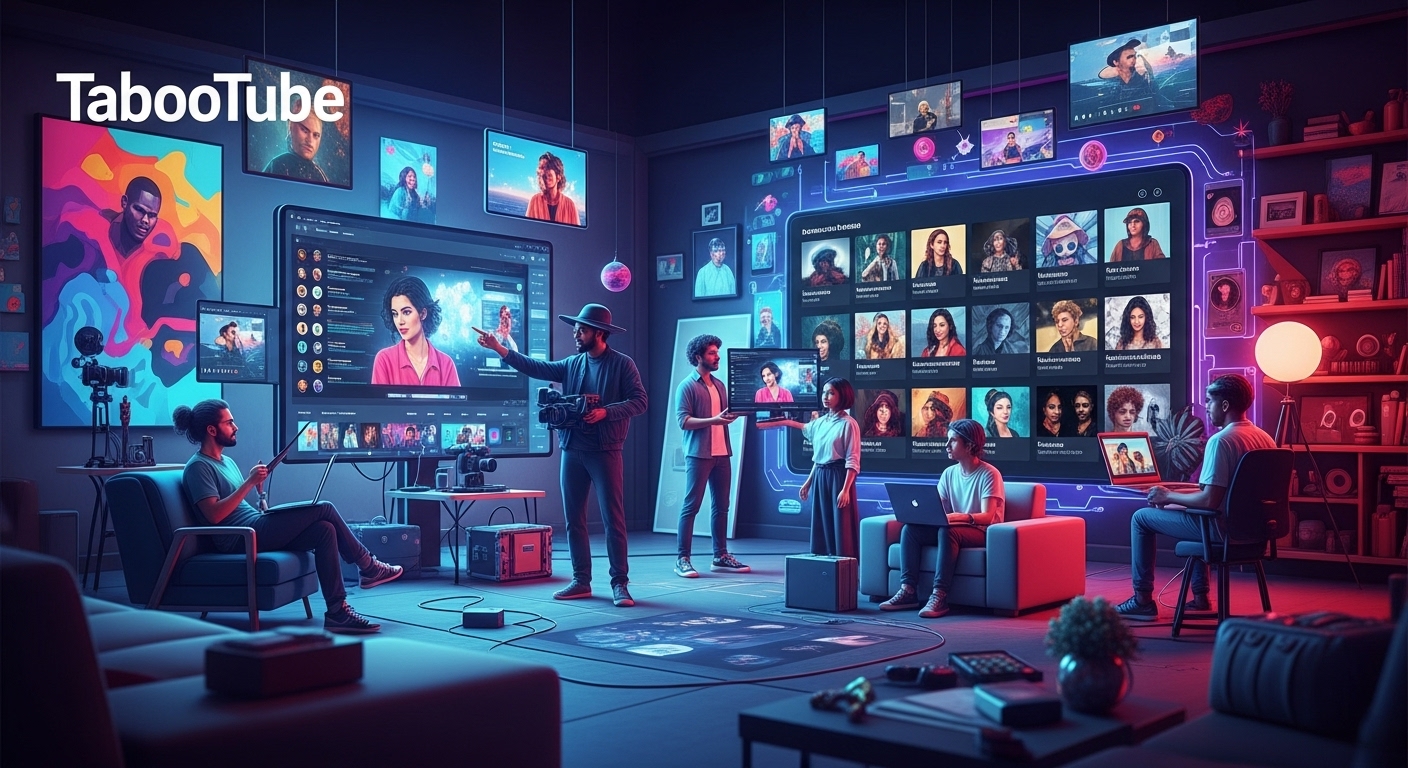Introduction: A Name That Appears Everywhere, but From Nowhere
In 2025, some things move faster than creating an online identity. A name can rip the surface overnight, in blogs, and start trending before the person behind it. One of the most complicated examples of this phenomenon is Daylin Ryder.
On millions of lifestyle blogs and online magazines, Ryder is depicted as a creator, influencer, model, entrepreneur, musician, and even a vulgar mouthpiece that closes the divide between the mainstream and adult platforms. However, when readers attempt to follow tangible information, such as an official biography, interviews, or governmental documentation, they usually find a blank space. Instead, what appears is a collage of stories,s each contributing to a puzzle that may never be complete.
This article isn’t just about Daylin Ryde, the persona. It’s about what Ryder represents: the evolving nature of fame in an era when influence is constructed as much by search engines and algorithms as by individual talent.
Chapter One: The Biography That Isn’t There
Traditional celebrities leave trails. There are interviews, filmographies, tour dates, award shows, and publicists. With Daylin Ryder, things are different. Instead of verifiable milestones, we find blog posts heavy with praise and light on evidence. They describe Ryder as a “trendsetter,” “authentic storyteller,” and “multi-talented creator,” but rarely link to music releases, brand collaborations, or industry accolades.
This doesn’t mean Ryder doesn’t exist—it means Ryder represents a new form of digital identity: one born from narrative first, proof later. In Ryder’s case, the persona thrives on speculation, keywords, and curiosity.
Chapter Two: The Themes That Repeat
Even though details are scarce, a few themes repeat so often across articles that they form the foundation of Ryder’s image:
- Authenticity: Ryder is framed as someone unfiltered and willing to show vulnerability. This is a quality prized by audiences weary of over-polished influencer content.
- Multifaceted Talent: Model, entrepreneur, musician, digital producer–the diversity makes Ryder interesting, although unproven.
- Community Building: Many blogs describe Ryder as someone who values connection over vanity metrics. Again, whether fact or aspiration, it builds a persona that audiences want to believe in.
They are less biographical than branding aspects, which are recited like a mantra until the readers perceive the truth.
Chapter Three: The Split Identity – Mainstream vs. Alternative
The most notable thing in the Daylin Ryder narrative is the duality in the two descriptions:
- Mainstream Persona: Instagram, TikTok, and YouTube digital creator. An approachable personality in wellness, lifestyle, and music.
- Alternative Persona: A presence on adult content platforms, such as OnlyFans, where the story about refined content turns into crude intimacy.
This dual identity raises essential questions. Is Ryder intentionally cultivating different audiences on different platforms? Or are blogs projecting different identities onto a name to fit their niche? Either way, the planned or accidental strategy places Ryder at the center of conversations about how creators monetize attention in 2025.
Chapter Four: Music as Myth
Music frequently appears in Ryder’s narrative. Some blogs describe them as a fresh face in indie-pop, others as a new voice redefining modern music. Yet, no consistent discography appears. There are no streaming links or verified accounts on music platforms.
In this sense, Ryder’s music career functions less as a proven fact and more as a mythological element. Music is the dream assigned to Ryder—the suggestion that, beyond modeling and influencing, an artistic core is waiting to be heard. Whether Ryder ever releases a single may matter less than the idea that they could.
Chapter Five: The Broader Cultural Lesson
Why does Daylin Ryder matter, even if their career remains unverified? Ryder highlights how modern celebrity is no longer bound by evidence. In the blogosphere, repetition itself creates reality. If enough sites describe Ryder as a musician, readers begin to expect music. If enough articles frame Ryder as a role model for authenticity, the persona embodies authenticity—even without proof.
This shift speaks volumes about our cultural moment:
- Influence is manufactured as much by SEO strategy as by talent.
- Audiences willingly participate in constructing identities they find aspirational.
- Fame is now anticipatory—we believe in who someone could be, not just who they already are.
Chapter Six: Distinguishing from Dylan Ryder
It is essential to clarify that Daylin Ryder is not Dylan Ryder, also known as the American adult actress with a solid document who worked in the 2000s-2010s. There is a minimal difference in the spelling and a clear difference in identities. Those blogs highlighting Daylin Ryder always situate them within the digital influence, lifestyle branding, and the world of the new artistry- nothing like Daylin Ryder, who works in the adult entertainment industry.
Chapter Seven: Daylin Ryder as a Symbol
Whether Ryder is a genuine rising star or a construct amplified by blog networks, the symbolism is powerful. Ryder embodies the prototype of the 2025 creator:
- Multi-platform presence across mainstream and niche spaces.
- A narrative built around authenticity, relatability, and versatility.
- Fame is defined by possibility, not proof.
In this sense, Ryder isn’t just a person—they are a mirror reflecting how the internet now defines celebrity.
Conclusion: Following the Story Forward
Daylin Ryder remains an enigma—part creator, myth, and projection. And perhaps that’s the point. Ryder is less a biography and more a phenomenon in an age where identity can be built through pixels, headlines, and hashtags.
Whether or not Ryder consolidates into a verifiable musician, influencer, or entrepreneur, the current wave of attention proves that names don’t need roots to grow. Sometimes, curiosity alone is enough to make a persona bloom.For more reflections on emerging digital personas, influencer culture, and the future of online authenticity, visit my blog at BaddiehubX—where we unravel the stories behind the names shaping tomorrow’s internet.




